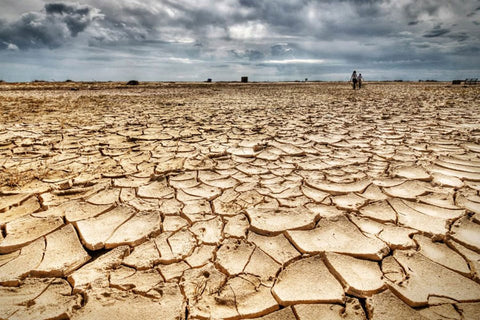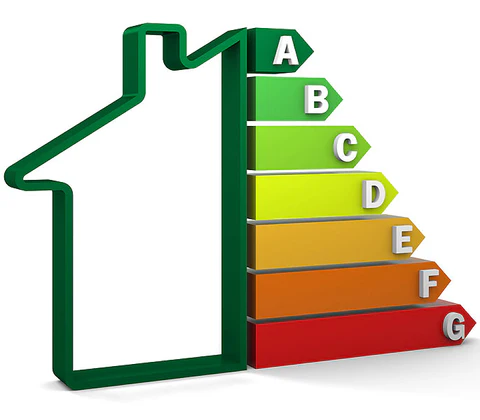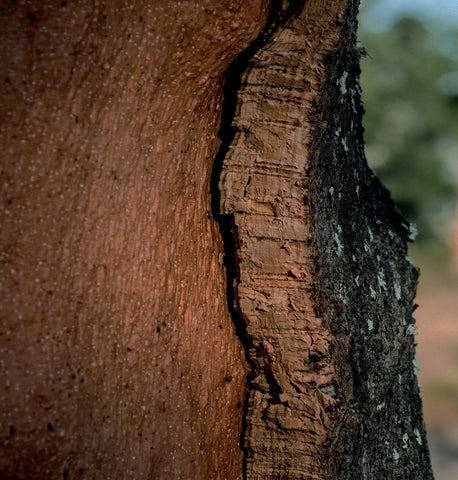In a global context where climate change is occurring faster than we feared, energy demand is rising, and greenhouse gases have reached record levels, this is clear evidence that the climate crisis exists and that the planet urgently needs decarbonization and the use of clean energy. This places energy efficiency front and center, and cork plays a key role.

In Chile, billions of tons of CO2 are emitted into the atmosphere each year as a result of high energy demand in various sectors. This results in accelerating climate change: high temperatures, historic droughts, and unusual weather events. This is undoubtedly a discouraging outlook, as the climate crisis poses a major threat to the planet’s prosperity, but we still have time to address this global threat. Combating climate change and promoting sustainability are more important goals than ever.
Therefore, on February 13, 2021, the first energy efficiency law in Chile was approved, covering virtually all energy consumption: transportation, industrial and mining, residential, public, and commercial sectors. This promotes the rational and efficient use of energy resources to contribute to improving productivity, economic competitiveness, and people’s quality of life, and reducing pollutant emissions. “If the measures contemplated in the law are properly implemented, by 2030, we will have a 10% reduction in energy intensity, a cumulative savings of US$15.2 billion, and a reduction of 28.6 million tons of CO2” (Juan Carlos Jobet, Vice-Minister of Energy and Mining, 2021).

The construction sector has also made efforts to improve the energy performance of homes and buildings through the implementation of Air Pollution Control Plans (ACPs), modifications, and new regulations (NCH 853, EIFS Standard), changes in designs, envelopes, and active systems, as well as the incorporation of new materials. A continuous search is underway to find different materials that can contribute to the energy efficiency and sustainability required by today’s buildings, with cork being a prime example.
Cork is the outer bark of the cork oak, a tree whose ability to retain CO2 makes it a model of sustainability and a powerful ally against climate change. Cork is one of the best raw materials nature can offer; it is 100% natural, with unique properties that contribute to improving the energy efficiency of buildings. Cork is one of the most promising materials for sustainable construction.

At Isolcork, we have worked for many years developing a portfolio of diverse cork-based solutions that are highly efficient from a thermal, acoustic, technical, and environmental perspective. We have participated in this major change (NCh 853 and the draft EIFS Standard), which contributes to more efficient energy use, achieving significant economic savings and significantly reducing CO2 emissions.
As a company, we will continue working day in and day out, innovating in materials and solutions that contribute to energy efficiency and sustainability, demonstrating a true commitment to environmental care.

